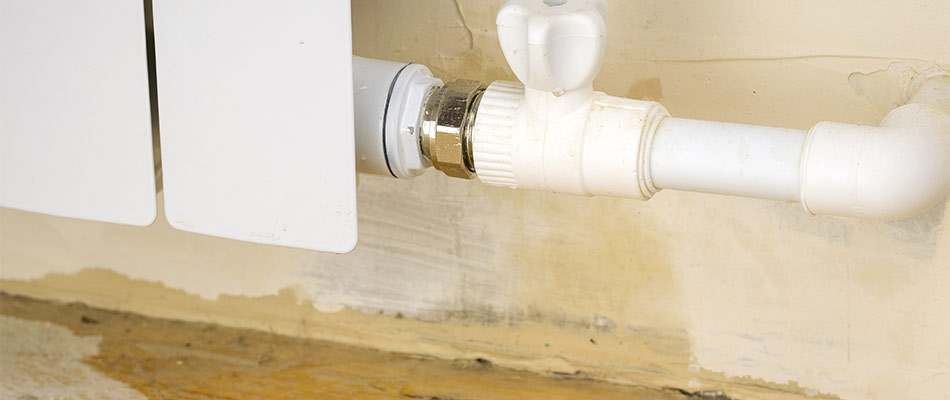What are your insights and beliefs about Top leak detection hacks?

Early detection of leaking water lines can minimize a possible catastrophe. Some tiny water leakages may not be visible.
1. Examine the Water Meter
Every home has a water meter. Examining it is a proven way that assists you discover leakages. For starters, shut off all the water resources. Make sure no person will certainly purge, utilize the tap, shower, run the washing equipment or dishwasher. From there, go to the meter and also watch if it will alter. Since nobody is utilizing it, there ought to be no activities. That shows a fast-moving leak if it relocates. Also, if you spot no changes, wait an hour or two and inspect back once again. This means you may have a slow leak that might also be underground.
2. Inspect Water Intake
If you identify sudden modifications, regardless of your consumption being the same, it implies that you have leakages in your plumbing system. An unexpected spike in your expense indicates a fast-moving leak.
On the other hand, a steady rise every month, despite the same habits, reveals you have a sluggish leakage that's additionally slowly rising. Call a plumber to thoroughly inspect your residential property, especially if you really feel a cozy area on your flooring with piping below.
3. Do a Food Coloring Test
When it comes to water usage, 30% comes from bathrooms. If the shade somehow infiltrates your bowl throughout that time without flushing, there's a leakage in between the tank as well as bowl.
4. Asses Exterior Lines
Don't forget to examine your outdoor water lines also. Test spigots by attaching a garden pipe. Needs to water leak out of the link, you have a loosened rubber gasket. Change this and make sure all connections are tight. If you've got an automatic sprinkler, it will assist get it properly checked out and also maintained each year. One small leak can squander tons of water as well as spike your water bill.
5. Examine and Analyze the Circumstance
House owners must make it a routine to inspect under the sink counters and even inside cupboards for any kind of bad odor or mold growth. These 2 red flags show a leak so timely attention is called for. Doing regular examinations, also bi-annually, can conserve you from a significant problem.
Inspect for discolorations and also damaging as a lot of pipelines and home appliances have a life span. If you presume leaking water lines in your plumbing system, don't wait for it to intensify.
Early detection of leaking water lines can alleviate a prospective disaster. Some little water leaks might not be visible. Checking it is a guaranteed way that assists you uncover leaks. One tiny leakage can squander loads of water and surge your water expense.
If you think leaking water lines in your plumbing system, do not wait for it to rise.
WARNING SIGNS OF WATER LEAKAGE BEHIND THE WALL
PERSISTENT MUSTY ODORS
As water slowly drips from a leaky pipe inside the wall, flooring and sheetrock stay damp and develop an odor similar to wet cardboard. It generates a musty smell that can help you find hidden leaks.
MOLD IN UNUSUAL AREAS
Mold usually grows in wet areas like kitchens, baths and laundry rooms. If you spot the stuff on walls or baseboards in other rooms of the house, it’s a good indicator of undetected water leaks.
STAINS THAT GROW
When mold thrives around a leaky pipe, it sometimes takes hold on the inside surface of the affected wall. A growing stain on otherwise clean sheetrock is often your sign of a hidden plumbing problem.
PEELING OR BUBBLING WALLPAPER / PAINT
This clue is easy to miss in rooms that don’t get much use. When you see wallpaper separating along seams or paint bubbling or flaking off the wall, blame sheetrock that stays wet because of an undetected leak.
BUCKLED CEILINGS AND STAINED FLOORS
If ceilings or floors in bathrooms, kitchens or laundry areas develop structural problems, don’t rule out constant damp inside the walls. Wet sheetrock can affect adjacent framing, flooring and ceilings.
https://www.servicemasterbyzaba.com/blog/how-to-detect-water-leakage-in-walls/

As a passionate reader on Hacks to detect leaks, I imagined sharing that piece of content was sensible. Feel free to take the opportunity to distribute this blog post if you appreciated it. Kudos for your time. Don't hesitate to come by our blog back soon.